
Login to your account
Enter your mobile no. to receive one time password!
OTP Verification
Please enter the one-time password sent to your phone.
OTP Successfully sent to +91-XXXXXXXXXX
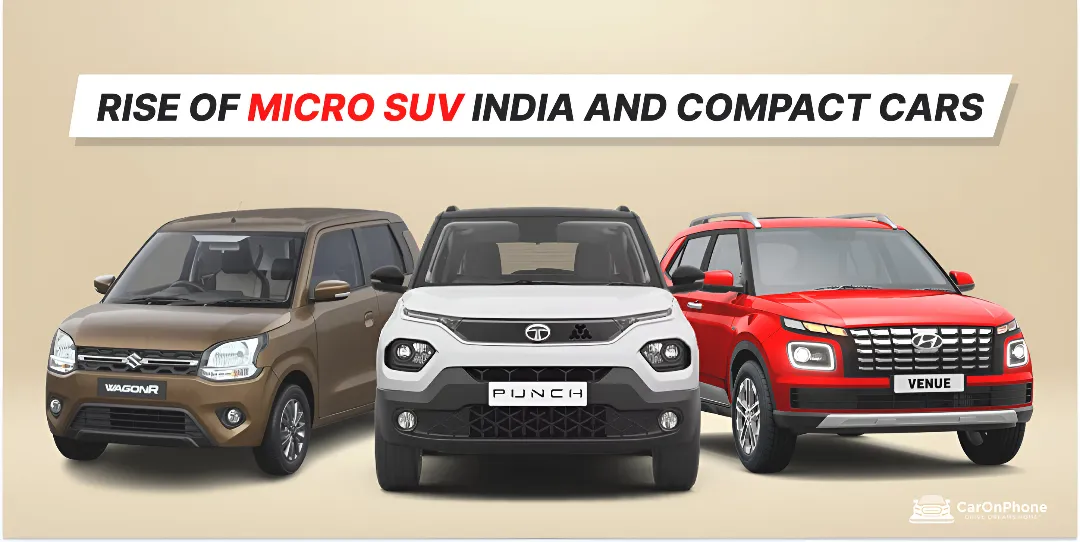
Micro SUV India sales are rewriting the rules of urban mobility. In FY25, sub-4-metre SUVs grew 10% year-on-year, reaching 1.38 million units—nearly one-third of all passenger vehicles sold. Meanwhile, hatchbacks shrank 13%, hitting their lowest volumes since FY09.
This article further explores the reasons behind this shift, compare top contenders, and help you pick the best cars for city driving in India.
Segment FY24 Volume FY25 Volume YoY Growth FY25 Share of PV
SUVs / UVs 2.51 mn 2.79 mn 0.11 65%
Sub-4 m SUVs 1.26 mn 1.38 mn 0.1 32%
Mid-size SUVs 561,031 615,749 0.098 14.20%
Hatchbacks 1.15 mn 1.00 mn –13% 23.40%
India’s appetite for the micro SUV India slice of the market exploded when buyers realized they could get the road-presence of an SUV without the bulk or fuel penalty of a full-sized crossover.
In FY25, sub-4-metre SUVs made up 32% of all passenger vehicle sales—up from 1.26 million to 1.38 million units. This growth directly cannibalized hatchbacks, which fell to 1.00 million units, their lowest since FY09.
There are some pretty neat sub-4-metre marvels out there. Think Tata Punch, Renault Kiger, Hyundai Exter. They bring some notably high ground clearance (around 180–190 mm), covetously commanding views, and sporty styling.
Powertrain talk incoming… These models also bring punchy 1.0 to 1.2 liter engines that return mileage in the high teens. They still feel eager in stop-start traffic, which is appreciable.
Safety features have trickled down as well. We’re looking at ABS and dual airbags, of course. Even ISOFIX brackets show up on mid-spec trims.
And at ex-showroom prices from ₹6 lakh to ₹10 lakh, these models have proven they can undercut larger SUVs by a good lakh or two.
All this is sure to caress that car-loving sweet spot for city dwellers who want SUV vibes, easy parking capability, and decent boot space.
The compact SUV vs hatchback India debate boils down to you personal priorities. Let’s explore your options.
When debating compact SUV vs hatchback India, it’s a lot about stance versus agility.
Maintenance is neck-and-neck for such cars. Still, hatchbacks step ahead in this regard thanks to their slightly lower tires and simpler suspension bits.
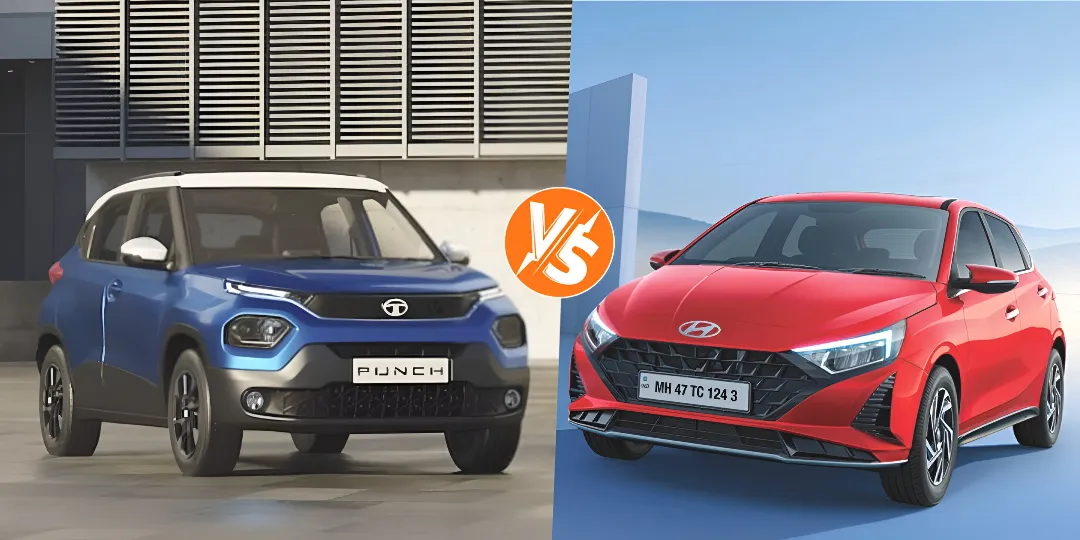
Here are our contenders.
Tata Punch: ₹6 lakh to ₹10 lakh, powered by 1.2 liter petrol (87 bhp/115 Nm), with five-star GNCAP safety, and 187 mm ground clearance.
Hyundai i20 premium hatchback: ₹7.5 lakh to ₹11.5 lakh, running on 1.2 liter petrol (83 bhp/115 Nm), with 170 mm clearance, and a coupé-style roofline.
Punch Pros:
Punch Cons:
i20 Pros:
i20 Cons:
In daily urban loops, the i20’s nimbleness and quiet cabin may delight drivers who park roofside and thrive on twisty lanes. Punch rewards those who rarely fear uneven roads and value a higher driving stance.
Selecting the best cars for city driving in India means you need to find an enviable balance for affordability, fuel economy, and maneuverability.
Even though the Punch remains a top seller in the sub-4 m SUV category for FY25, here are our top four picks to better inform your final decision:
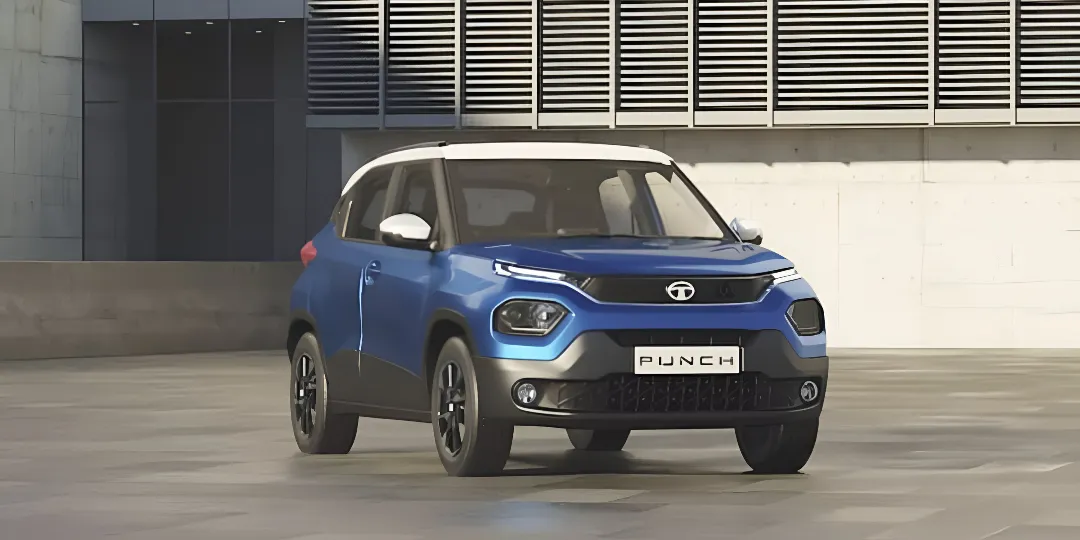
Tata Punch: That five-star GNCAP badge and 187 mm clearance make it ideal when roads aren’t showroom perfect. The AMT variant eases the clutch-fatigue in stop-go traffic.
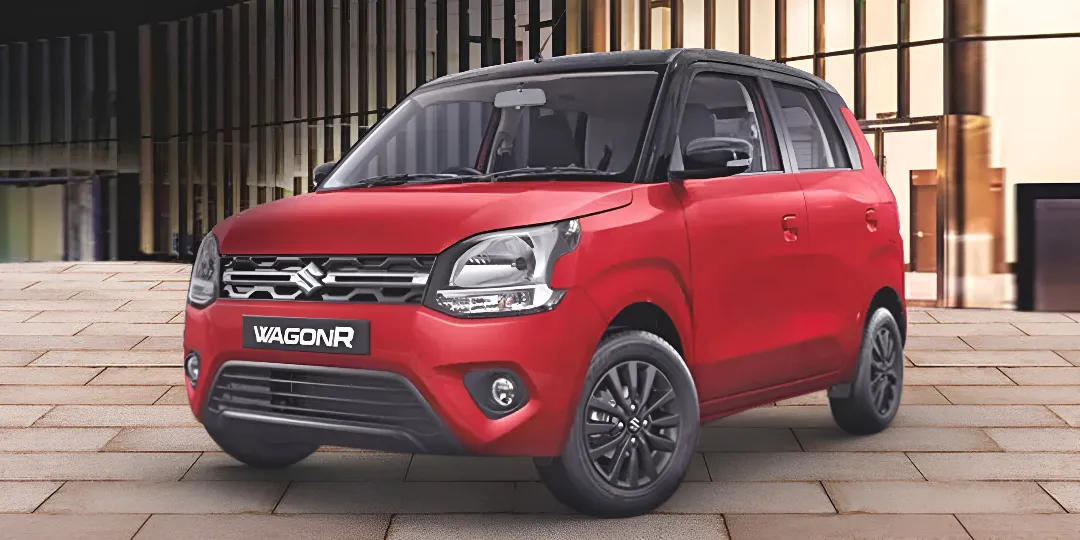
Maruti Wagon R: Starting under ₹6 lakh, its tall-boy design offers superb headroom and a 20 kmpl plus return. Length under 3.7 meter translates to ninja-like parking.
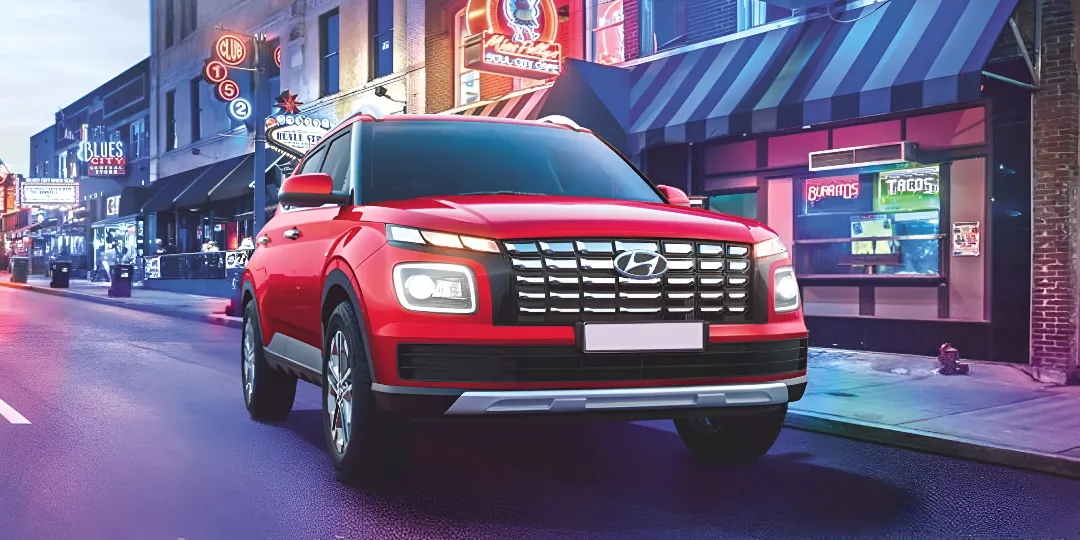
Hyundai Venue: It artfully works the fine line between compact SUV and hatchback. At 3995 mm long and 200 mm clearance, this car feels light in town and rooted on highways.
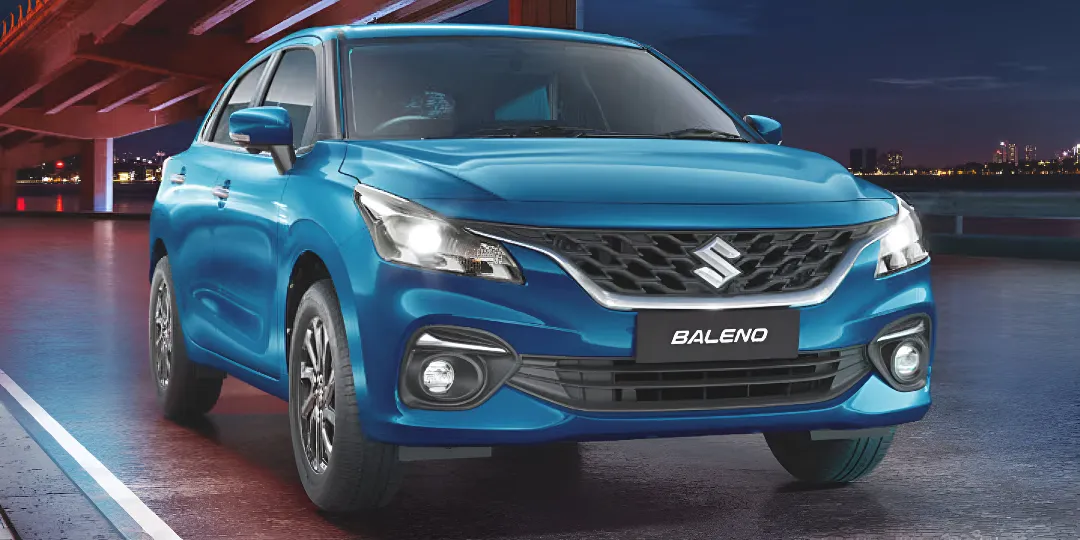
Maruti Baleno: A premium hatchback with a 311 liter boot is one thing, but this car also brings crisp CVT shifts and a kerb weight under 1000 kg. It’s price starts from ₹6.5 lakh. The car can also easily slip through tight gaps.
Automakers are already sharpening their pencils on electrified micro SUVs and CNG-hybrid city cars to cut running costs further. So you can certainly expect more variations on the sub-4 meter chassis. These mods can take the form of digital cockpits, ADAS features like lane-keep assist, and even mild-hybrid powertrains.
Analysis of FY25 SUV shipments reveals that as SUVs get smaller, they grow faster.
As urban fleets pursue greener footprints, there may well come EV micro SUVs priced under ₹15 lakh. This surge in bite-sized SUVs and compact cars heralds a new era where drivers within cities no longer have to compromise on safety, style, or economy.
CarOnPhone is your one-stop destination to see all upcoming cars, latest cars, released cars, and EV Cars, and compare Cars in all Car Brands. Stay tuned and follow us to update yourself on the automotive world.

